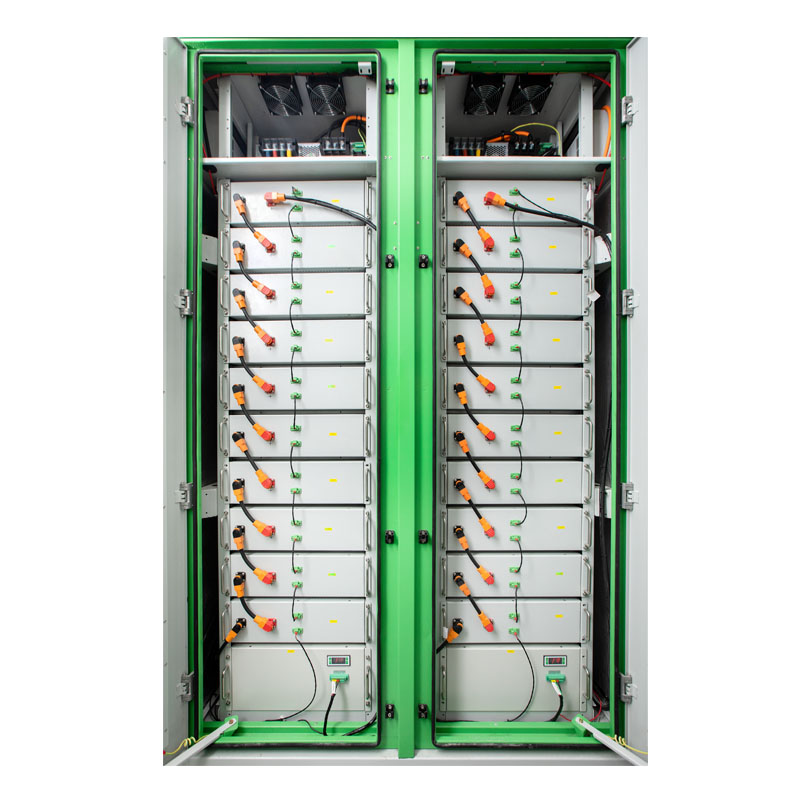Once expensive and difficult to implement, renewable energy solutions like wind and solar are now often the cheapest options available for generating electricity for the grid. However, there are still some issues around the non-continuous supply from these sources, with grid storage becoming a key technology to keep the lights on around the clock.
In the quest for cost-effective grid storage, a new player has entered the arena with a bold claim: a thermal battery technology that’s not only more than 10 times cheaper than lithium-ion batteries, but also a standout in efficiency compared to traditional thermal battery designs. Fourth Power is making waves with its “sun in a box” energy storage technology, and aims to prove its capabilities with an ambitious 1-MWh prototype.
HOT STUFF

Simple heating elements turn electricity into heat, putting it into liquid tin that then heats large graphite blocks. Credit: Fourth Power,Vimeo screenshot
The principle behind Fourth Power’s technology is deceptively simple: when there’s excess renewable energy available, use it to heat something up. The electrical energy is thus converted and stored as heat, with the idea being to convert it back to electricity when needed, such as at night time or when the wind isn’t blowing. This concept isn’t entirely new; other companies have explored doing this with everything from bricks to molten salt. Fourth Power’s approach involves heating large blocks of graphite to extremely high temperatures — as high as 2,500 °C (4,530 °F). Naturally, the hotter you go, the more energy you can store. Where the company’s concept gets interesting is how it plans to recover the heat energy and turn it back into electricity.
Distributed Energy Storage Cabinet - Power Type Self-Cooling-EN-215
Of course, operating any sort of storage system at such high temperatures takes some serious engineering. At the heart of Fourth Power’s system lies a unique innovation, in that it uses liquid tin as a working fluid to move heat around. It required the development of a liquid tin pump capable of operating at temperatures exceeding 1,000 °C (1,800 °F). Most pumps built using metallic components would simply see their components melt and fail under such extreme conditions. Instead, the pump uses a ceramic design. Developed by Fourth Power founder Dr. Asegun Henry, it can withstand temperatures of many thousands of degrees Celsius. Indeed, that’s important, as the liquid tin in the system is at 2,400 C at its hottest, and cools down to 1,900 C at the coldest part of the system.
Indeed, the pump actually holdsa Guinness World Record for the feat, and was of great technical note for this achievement. This pump is crucial for moving the superheated liquid tin around the system, transferring heat efficiently from the heating elements to the graphite blocks and back. It’s key to the whole system, as thermal energy systems are generally most efficient when operating at the highest possible temperatures. Thus, by being able to pump liquid tin at such high temperatures, it’s possible to transfer energy into and out of the graphite blocks more efficiently than using a more typical working fluid at lower temperatures.

Thin graphite pipes carrying liquid tin emit light when they become hot. This is then captured by special thermophotovoltaic (TPV) cells inserted in the middle of the pipes, which turn the light into electricity. Inserting and removing the TPV cells can vary their power output, allowing the system to quickly respond to demand spikes or troughs. Credit: Fourth Power, Vimeo screenshot
HERE’S WHAT IS NEW
The energy recovery process itself is quite unlike most traditional heat storage concepts. When the grid needs energy, liquid tin is pumped around the hot graphite blocks, which heats it up to 2,400 C. The tin is then run through thin graphite tubes, which glow white-hot as it passes through. The light emitted is then turned into electricity bythermophotovoltaic (TPV) cells. They’re essentially similar to solar cells, but they’re fine-tuned to most efficiently generate electricity from the wavelengths output by the graphite in this specific application. Through development, these cells have reached efficiency levels competitive with steam turbines when it comes to turning heat into electricity. The cells are designed to harvest the most high-energy wavelengths of light output by the hot graphite pipes, while reflecting back the rest so that the liquid tin remains as hot as possible. This part of the concept actually gives the company its “Fourth Power” name. That’s because as per Stefan-Boltzmann’s Law, the output of radiant energy from a black body is directly proportional to the fourth power of the material’s absolute temperature.
The thermal battery is intended to be able to respond quickly to the grid, ramping up delivery in a matter of seconds to cover spikes in demand. By virtue of being based on flowing tin, it’s not going to be quite as fast as battery solutions, but still quicker than firing up large turbine-based generation. Currently at 41%, the company is targeting round-trip energy efficiency of approximately 50%. It’s important to note that is a much lower figure than traditional solutions like pumped hydro, along with lithium battery arrays like theHornsdale Power Reserve, which typically sit around 80%.






